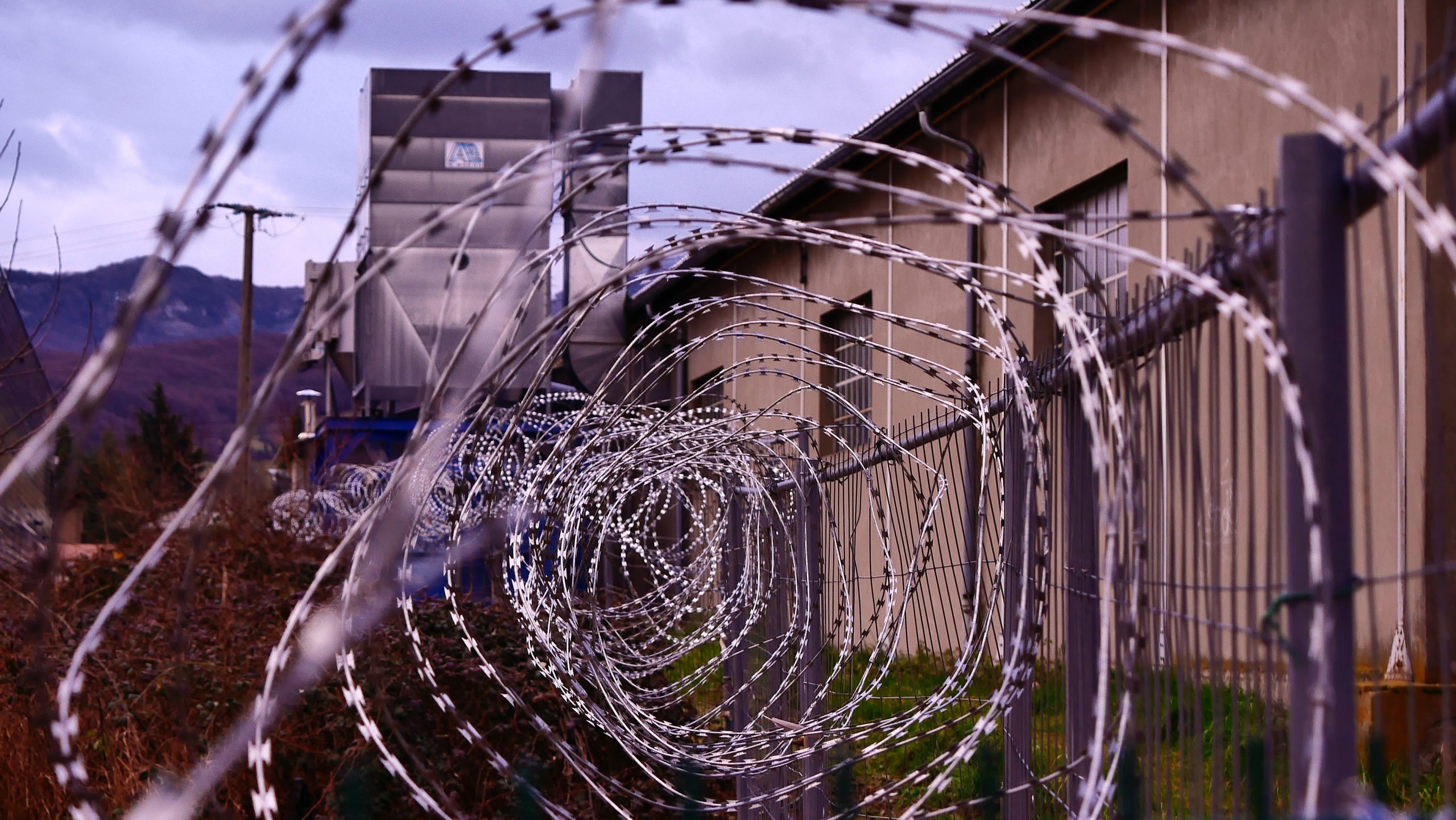Filed under: Action, Incarceration, Northwest

Report from Perilous Chronicle on large disturbance in the H1 unit of the Stafford Creek Correctional Center in Shelton, WA.
By Lena Mercer
A large disturbance occurred Tuesday in the H1 unit of the Stafford Creek Correctional Center in Shelton, Washington. The disturbance occurred following a use of force incident by staff, according to an email statement from the Office of Corrections Ombuds Director Joanna Carns. The department of corrections has stated that no one was hurt during the incident, according to Carns.
At this time, the reason behind the disturbance is unknown, but multiple issues have been brewing at the Shelton facility recently. The disturbance comes less than one week after the facility saw its COVID-19 caseload triple among incarcerated people.
The facility in Shelton is a way station for department of corrections transfers within the state. At this time, it is not clear how many transfers have continued through the facility since the pandemic began in March. According to the department of corrections, “Only essential transfers between institutions (for extreme security or health reasons)” are occurring during the pandemic. Still, in a statement to the Spokesman Review, Susan Biller, a Department of Corrections spokesperson, confirmed that some transfers continue to occur and the facility remains a hub for new prisoner intakes.
A December 3 memo to the incarcerated population from Assistant Superintendant Dan Van Ogle confirmed that an additional 84 people had tested positive for COVID-19. The memo also stated that all recreation yard and programming would be cancelled to help mitigate the spread of the virus. On December 5, a second memo from Van Ogle stated that the facility would be going into Restricted Movement status.
In an email statement, Carnes noted a variety of concerns about conditions at the facility that she observed during a tour Tuesday. These included clear issues within H2, G and H1 units around quality of life issues such as hot meals, laundry and movement restrictions. She also noted communication breakdowns between the imprisoned population and the department of corrections.
photo: Hédi Benyounes





